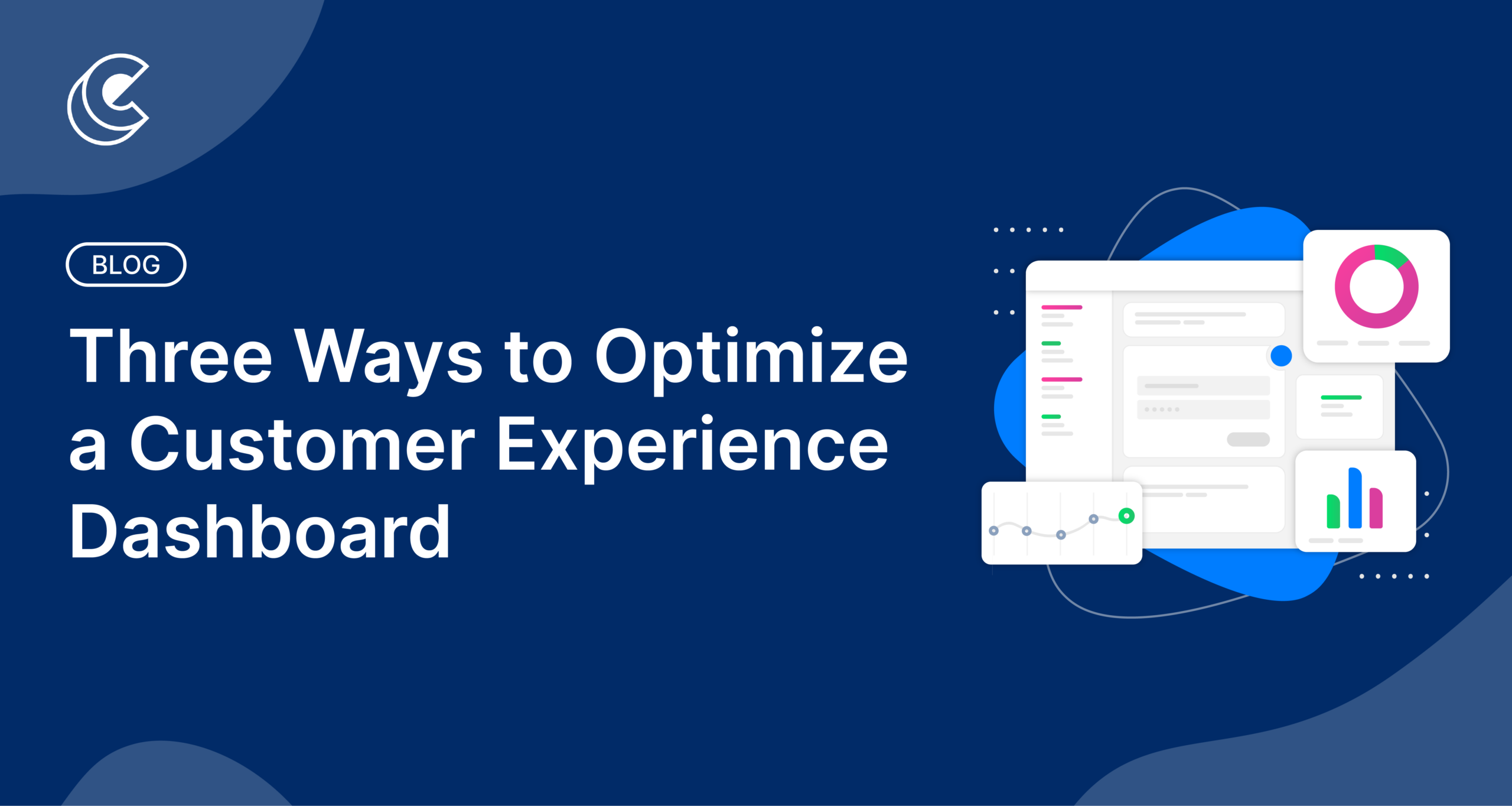When customer expectations are higher than ever, a customer experience dashboard is more than just a tool; it’s a necessity. A well-optimized dashboard can streamline your organization’s operations and enhance customer satisfaction.
Consumer perceptions of CX quality are on the decline and that means businesses need to double-down on technology to improve CSAT scores and drive loyalty.
But how do you ensure your customer experience dashboard is working at its best? Here are three key strategies for optimization.
1. Prioritize Relevant Metrics
The first step in optimizing a customer experience dashboard is to focus on the metrics that matter most. This involves identifying the KPIS that are most critical to your CX goals. Common KPIs include customer satisfaction scores, net promoter scores, and customer retention rates. Specific to Contact Centers, your team will also want to pay close attention to first contact resolution and average handle time metrics.
When you prioritize relevant metrics, you avoid information overload and make your dashboard more accessible. Rather than cluttering your customer experience dashboard with unnecessary data points, focus on those that provide actionable insights. This means crafting a dashboard that not only informs but also empowers decision-making.
To achieve this, it’s essential to collaborate with stakeholders across various departments. Different teams can provide unique insights into what metrics matter most to their specific areas, ensuring that the dashboard is comprehensive yet streamlined. Regularly reassess these metrics to ensure they remain aligned with your evolving business goals.
2. Customize for User Needs
A one-size-fits-all approach rarely works for anything, and this applies to customer experience dashboards as well. Customization is key to optimization. Consider who will be using the dashboard and tailor the interface to fit their needs. A sales manager might be interested in different metrics than a customer service representative.
Customization involves not just selecting the right metrics, but also designing the dashboard layout for ease of use. Visual elements like charts and graphs should be clear and intuitive. This makes extracting insights quicker and reduces the learning curve for new users.
Furthermore, offering customization options allows users to modify the dashboard to suit their preferences. This personalization can enhance user engagement and satisfaction with the dashboard itself, paving the way for better decision-making and improved customer experience.
When selecting a CX platform, look for a solution that offers the level of personalization your team needs to be successful. The options today are wide-ranging. In other words, don’t think that your business needs are so complex that you have to build it internally.
3. Leverage Real-Time Data
The world of customer experience is dynamic, and your customer experience dashboard should reflect that. Incorporating real-time data ensures that your insights are current, allowing for immediate action when necessary. This responsiveness can be the difference between a minor hiccup and a major customer service crisis.
Real-time data integration involves using technology that can pull in live data from various customer touchpoints and communications channels, updating your dashboard instantly. This means you can track customer interactions, monitor social media feedback, or analyze support tickets as they happen. Today, your dashboard needs to be omnichannel.
To effectively leverage real-time data, ensure your technological infrastructure is robust and scalable. As the volume of data increases, your dashboard should be capable of handling the load without lagging. Training your team to interpret this real-time data is equally important to extract meaningful insights quickly.
An All-In-One Customer Experience Dashboard is Essential
Optimizing your customer experience dashboard is not a set-it-and-forget-it task; it requires ongoing assessment and adaptation. By prioritizing relevant metrics, customizing the dashboard for user needs, and leveraging real-time data, you can ensure your customer experience dashboard is a powerful tool in delivering excellent customer service. After all, a happy and informed team leads to satisfied and loyal customers.
To meet the needs of today’s customers, businesses should look for a complete platform, like Capacity, that enables them to communicate across channels. It’s no longer enough to duct tape together point solutions. Rather, it’s time to adopt an all-in-one platform.
Remember, these strategies are just the beginning. Continually seek feedback, make improvements, and your dashboard will evolve alongside your customer experience efforts.













































